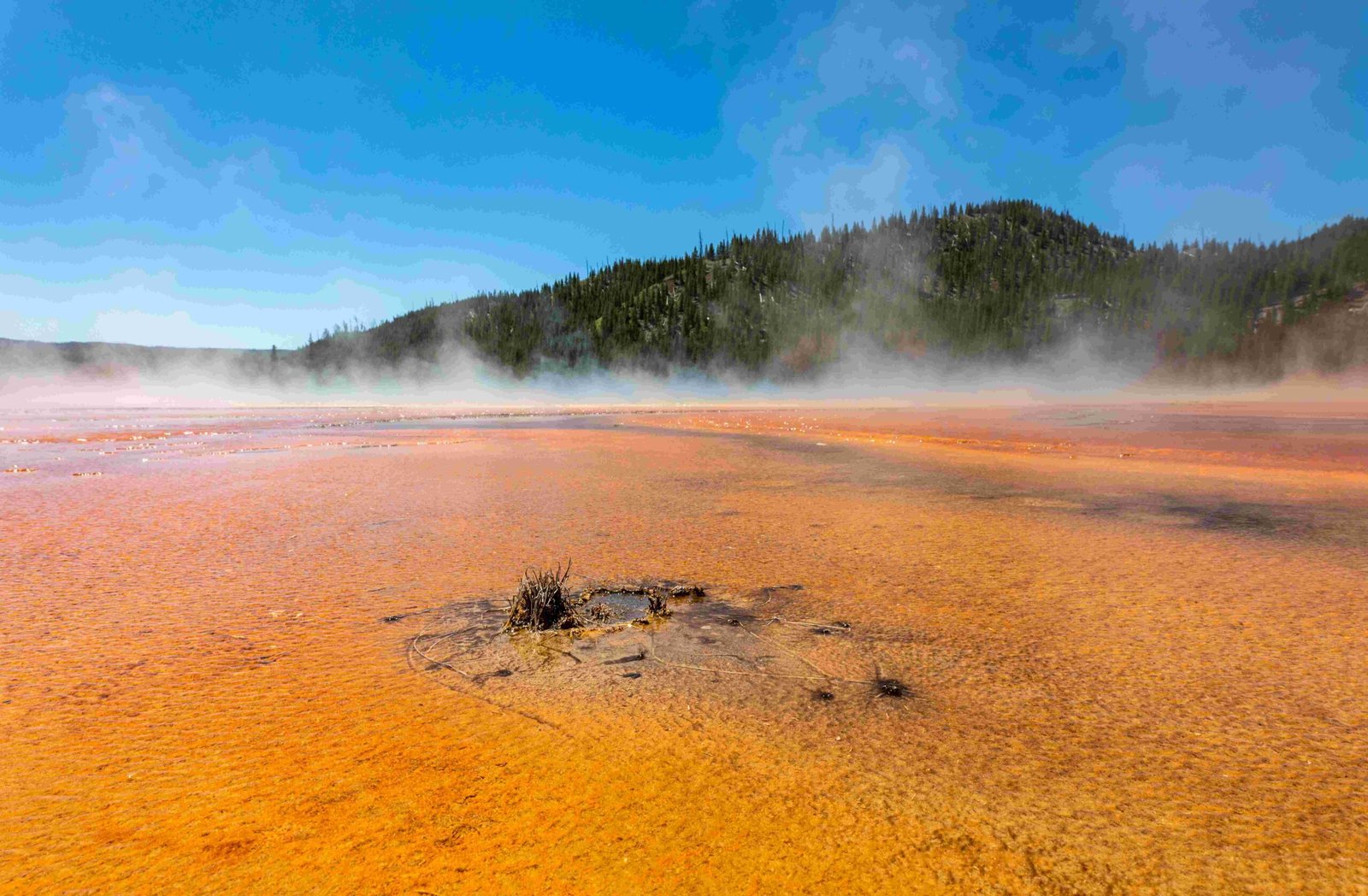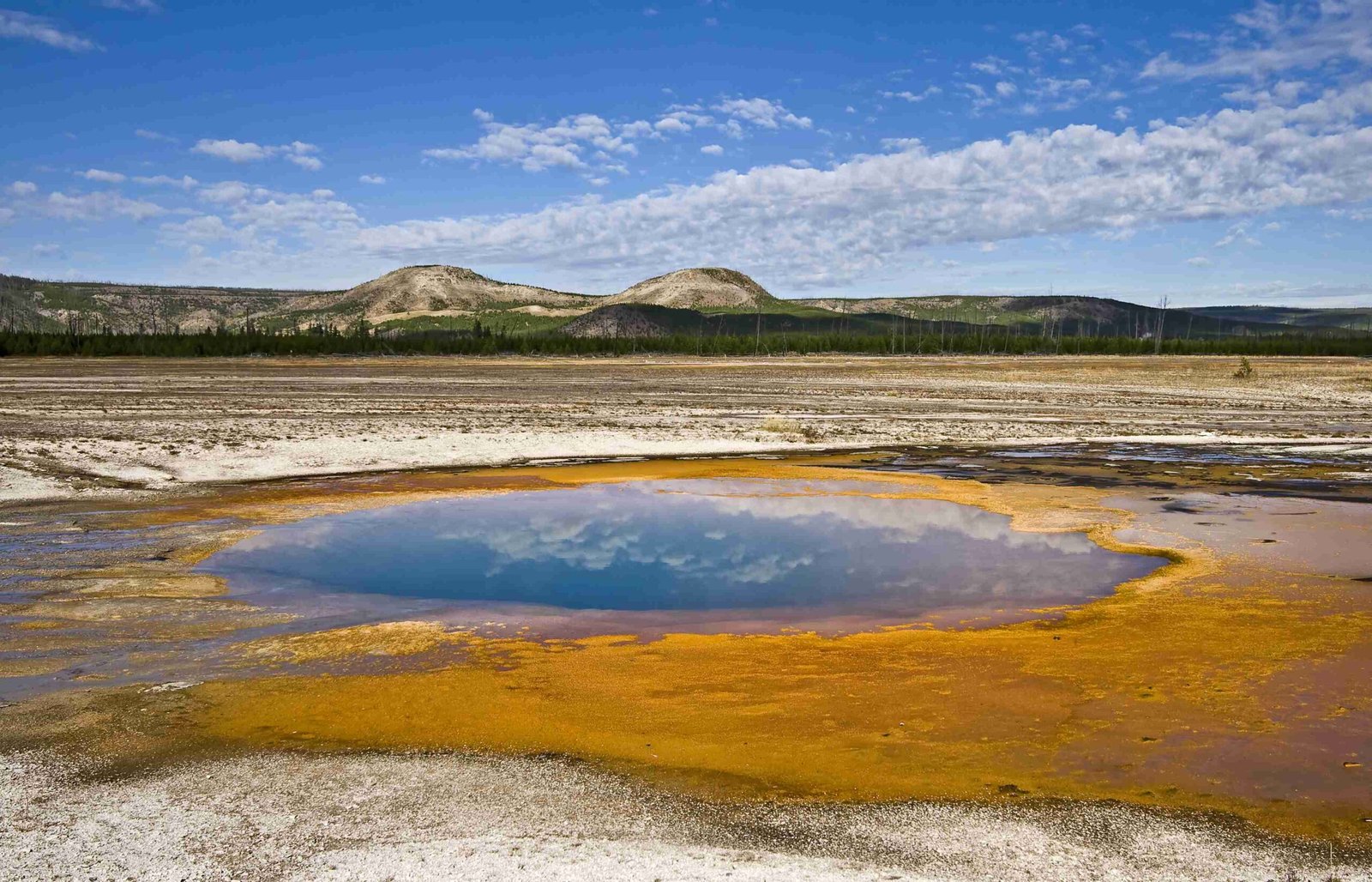Road melts in Yellowstone National Park are a unique phenomenon that occurs during spring thaw. As temperatures rise, the park’s geothermal features can cause sections of road to soften and become unstable. This natural occurrence impacts accessibility, safety, and travel plans for visitors. Understanding the causes, effects, and precautions related to road melts is crucial for a safe and enjoyable visit to Yellowstone.
What Causes Road Melts in Yellowstone National Park?

Road melts in Yellowstone are primarily caused by the park’s geothermal activity. The heat from underground hot springs and geysers can soften the asphalt, especially during spring when the ground is already thawing. This phenomenon is exacerbated by:
- Increased ground temperatures from geothermal features
- Spring thaw and snowmelt
- Heavy traffic on warming roads
The combination of these factors can lead to sections of road becoming soft, unstable, or even developing potholes and cracks.
When Do Road Melts Typically Occur?

Road melts in Yellowstone National Park generally follow a seasonal pattern:
- Late April to Early May: This is when most road melts begin to occur as temperatures rise and snow starts to melt.
- May to June: Peak period for road melts, coinciding with the spring thaw and increased visitor traffic.
- July to August: Road melts can still occur but are less frequent as temperatures stabilize.
It’s important to note that the exact timing can vary from year to year depending on weather conditions and geothermal activity.
Which Areas Are Most Affected by Road Melts?
Road melts in Yellowstone National Park are not uniform across the park. Some areas are more prone to this phenomenon due to their proximity to geothermal features. The most affected areas include:
- Firehole Lake Drive
- Old Faithful area
- Norris Geyser Basin
- Mammoth Hot Springs
These locations often experience road closures or restrictions during the melting season.
How Do Road Melts Impact Park Accessibility?
Road melts can significantly affect park accessibility:
- Temporary Closures: Affected road sections may be closed for repairs or until conditions improve.
- Detours: Visitors may need to take alternative routes, potentially increasing travel times.
- Limited Access: Some attractions may become temporarily inaccessible due to road conditions.
| Impact | Duration | Visitor Action |
|---|---|---|
| Temporary Closures | Hours to Days | Check park alerts for updates |
| Detours | Varies | Plan for longer travel times |
| Limited Access | Days to Weeks | Consider alternative attractions |
What Safety Precautions Should Visitors Take?
When visiting Yellowstone during the road melt season, consider these safety precautions:
- Check road conditions regularly through the park’s official website or visitor centers.
- Be prepared for sudden closures or detours.
- Drive slowly and cautiously, especially in areas known for road melts.
- Obey all posted signs and park ranger instructions.
- Carry extra food, water, and emergency supplies in case of unexpected delays.
How Does the Park Service Address Road Melts?
The Yellowstone National Park Service takes several measures to address road melts:
- Monitoring: Regular inspections of road conditions, especially in high-risk areas.
- Repairs: Quick response to road damage, including patching and resurfacing.
- Closures: Implementing temporary closures to ensure visitor safety.
- Communication: Providing up-to-date information through various channels.
What Alternative Transportation Options Are Available?
During road melt season, consider these alternative transportation options:
- Shuttle Services: Some areas of the park offer shuttle services to popular attractions.
- Guided Tours: Book a guided tour that can navigate around affected areas.
- Bicycle Rentals: Explore the park on two wheels where permitted.
- Hiking: Many trails remain accessible even when roads are affected.
How Can Visitors Stay Informed About Road Conditions?
To stay informed about road melts in Yellowstone National Park:
- Visit the official Yellowstone National Park website for daily updates.
- Follow Yellowstone’s social media accounts for real-time information.
- Check in at visitor centers for the latest road condition reports.
- Sign up for text alerts from the park service.
- Download the official Yellowstone app for mobile updates.
What Long-Term Solutions Are Being Considered?
The National Park Service is exploring long-term solutions to mitigate the impact of road melts:
- Heat-Resistant Materials: Researching and testing new road materials that can withstand higher temperatures.
- Improved Drainage: Enhancing road design to better manage water from melting snow and ice.
- Predictive Modeling: Developing models to anticipate and prepare for road melt events.
- Infrastructure Upgrades: Investing in more resilient road infrastructure in high-risk areas.
By understanding road melts in Yellowstone National Park, visitors can better prepare for their trip and ensure a safe and enjoyable experience in this unique natural wonder.
References:
1. Yellowstone National Park Official Website
2. Yellowstone Road Conditions
3. Yellowstone Geothermal Areas
4. National Park Service Climate Change Response

